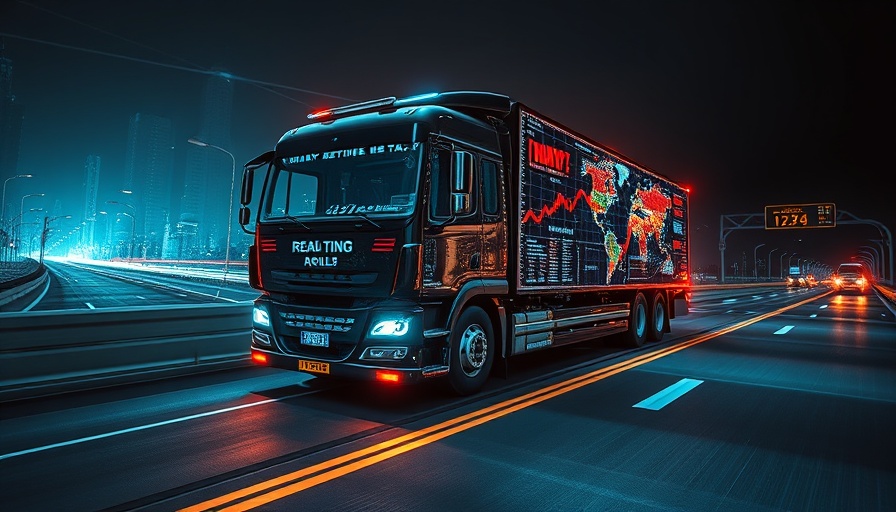
Revolutionizing Safety Testing for Autonomous Trucks
In the rapidly evolving world of autonomous trucking, Canadian startup Waabi is making waves with its innovative approach to safety testing. By leveraging advanced virtual simulations, Waabi claims to ensure the safety of its driverless big rigs without the extensive real-world driving miles that other competitors rely on. This groundbreaking technique not only enhances the accountability of the autonomous vehicle industry but also sets a new standard for how safety can be demonstrated.
The Power of Digital Twins
At the heart of Waabi's technology is the concept of digital twins. Essentially, this involves creating a highly detailed virtual representation of Waabi's actual robotrucks, complete with real sensor data. Raquel Urtasun, the company’s founder and CEO, emphasizes that the company's virtual simulation, Waabi World, has achieved near-perfect accuracy in mirroring the real-world performance of its trucks. “It brings accountability to the industry,” she stated, pointing out that traditional methods of just accumulating driving miles lack rigorous verification.
A Bridge Between Simulation and Reality
Unlike robotaxis, which navigate busy urban streets, Waabi trucks primarily operate on long stretches of highway. In these environments, the chances of encountering dangerous situations required for thorough testing are low. Urtasun argues that this makes it challenging to fully vet the system's safety purely through real-world driving. Instead, Waabi World facilitates the modeling of diverse scenarios, including adverse weather conditions and unexpected obstacles, making it a crucial part of the testing process.
Innovative Virtual Simulation Techniques
Inside Waabi World, the same driving model that governs the real trucks is applied to a virtual vehicle. This system inputs simulated data mimicking radar and lidar readings from its actual environment. This allows the simulation to recreate various driving conditions, from sunny days to stormy skies, ensuring that the trucks are prepared for what they might encounter on actual roads. As Urtasun notes, the ability to simulate rare events, such as a mattress falling off a truck, is vital for a holistic testing approach.
Future Regulations and Human-Free Operation
Waabi’s long-term goal is to operate its trucks without human drivers, a pivotal move projected for later this year. To realize this ambition, the company must convincingly demonstrate to regulators that it can ensure the safety of its entirely autonomous fleet. With Waabi World supporting its findings, Waabi intends to set a higher bar for standards within the industry, advocating for accountability and transparency.
The Broader Impact on the Automotive Industry
Waabi's approach is not just a game-changer for the truck sector; it is emblematic of a broader shift towards digital testing across various industries. Traditional crash testing methods have been criticized for being outdated and less effective given the advancements in vehicle design. As highlighted by SAP Insights, virtual simulations allow for faster and less costly safety testing, providing significant protective benefits for both manufacturers and the public. This evolution in testing methodologies could revolutionize how safety in automotive design is approached.
Conclusion: A New Era of Accountability
As Waabi leads the charge into a new era of autonomous trucking safety, the implications of its innovations stretch far beyond the industry. With advanced simulation techniques at its disposal, Waabi is setting an unprecedented benchmark for safety standards, advocating for accountability across the board. This evolution could ensure that the future of not only trucking but all autonomous vehicles is safer and more reliable.
 Add Row
Add Row  Add
Add 
 Add Element
Add Element 


Write A Comment